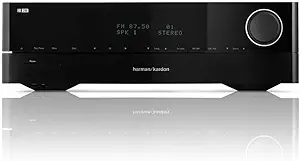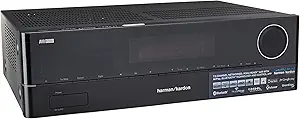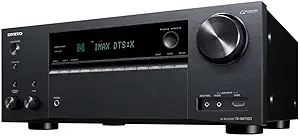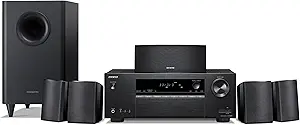
-
Exceptional sound precision with Dirac Live and THX certification.
-
Broad product lineup catering to all budgets, from entry-level to high-end.
-
Excellent value for money in mid-range and high-end models.
-
Strong focus on multi-room audio support and flexible configurations.
-
Durable, rugged designs built for long-term reliability.
-
Comprehensive technical support with longer warranty options.


















